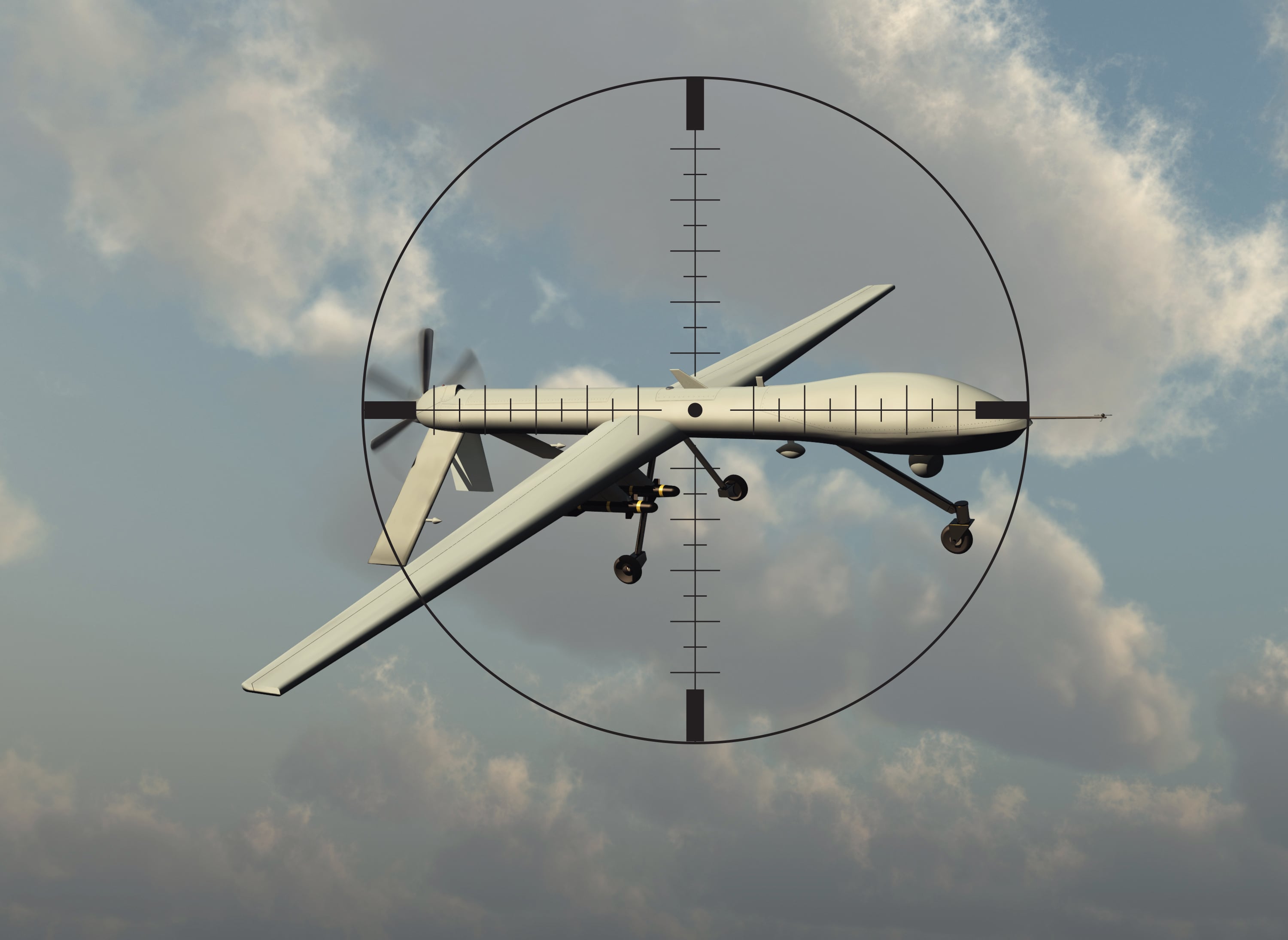The Army’s Rapid Capabilities Office, which has previously specialized on fast-moving electronic warfare, non-GPS and cyber technologies, announced last summer that its focuses would include drone swarm technology and contested environments with near-peer competitors.
“Our starting point was electronic warfare, assured [position, navigation and timing], cyber. We’ve moved into a few other areas, but the programs that we’re really focused on are contested environments with near-peer competitors. If you sum it up, that’s the space we’re working on,” Doug Wiltsie, the office’s director, said Aug. 9 at TechNet Augusta in Augusta, Georgia.
[Army RCO expands scope of mission]
At the time, Wiltsie said these expanded areas include improving the simplicity of devices so a general-purpose soldier can use it and looking at UAV swarm technology. This would allow Defense Department leaders to see how the Army might employ this type of technology, including for reconnaissance in Europe.
In an interview with C4ISRNET, Wiltsie elaborated on those efforts. For example, the RCO, in conjunction with Special Operations Command, will be running a position, navigation and timing demonstration in late March testing emerging technologies industry has to offer.
[The Army wants ground vehicles to know, show locations in any country, any conditions]
Another example is a mounted EW electronic support/electronic attack “rodeo” that’s scheduled for Yuma, Arizona in March and will allow industry to showcase better capability than what the Army has in Europe today.
The Rapid Equipping Force completed a similar burn off or rodeo in June 2017, Wiltsie said. This approach helped affirm that the technology fielded to Europe was one of the best candidates.
[Outmatched, Army begins long road to electronic warfare rollout]
This concept will start rolling out in 2018 along with an effort to examine technologies in artificial intelligence aimed at the identification and classification of signals as it applies to radio waves under the banner of electronic warfare. This will allow for greater autonomy into sensors on the edge and free up electronic warfare officers to do more planning and mission execution, Wiltsie said.
These demonstrations also allow the Army to do risk reduction on technologies, Rob Monto, emerging technologies director of the RCO, told C4ISRNET. Monto added that this allows a more hands on approach to assess how technologies perform as opposed to white papers in order to support next phases.
Focusing on drones
Monto has been working with SOCOM on their ThunderDrone UAS/counter-UAS effort, which bring UASs, UAS swarms and payloads together. Within RCO’s charter, Wiltsie said they looked to support operational needs statements and examine technologies for overpowering an enemy in the future.
[Beyond ThunderDrone: Air Force joins new unmanned tech prototyping effort]
This effort with SOCOM is “really just to understand the state of play, where vendors are, how they can be used and to see if we can’t provide some overmatch capability in a world that explodes on the commercial technology side,” Wiltsie said.
Mark Pomerleau is a reporter for C4ISRNET, covering information warfare and cyberspace.








